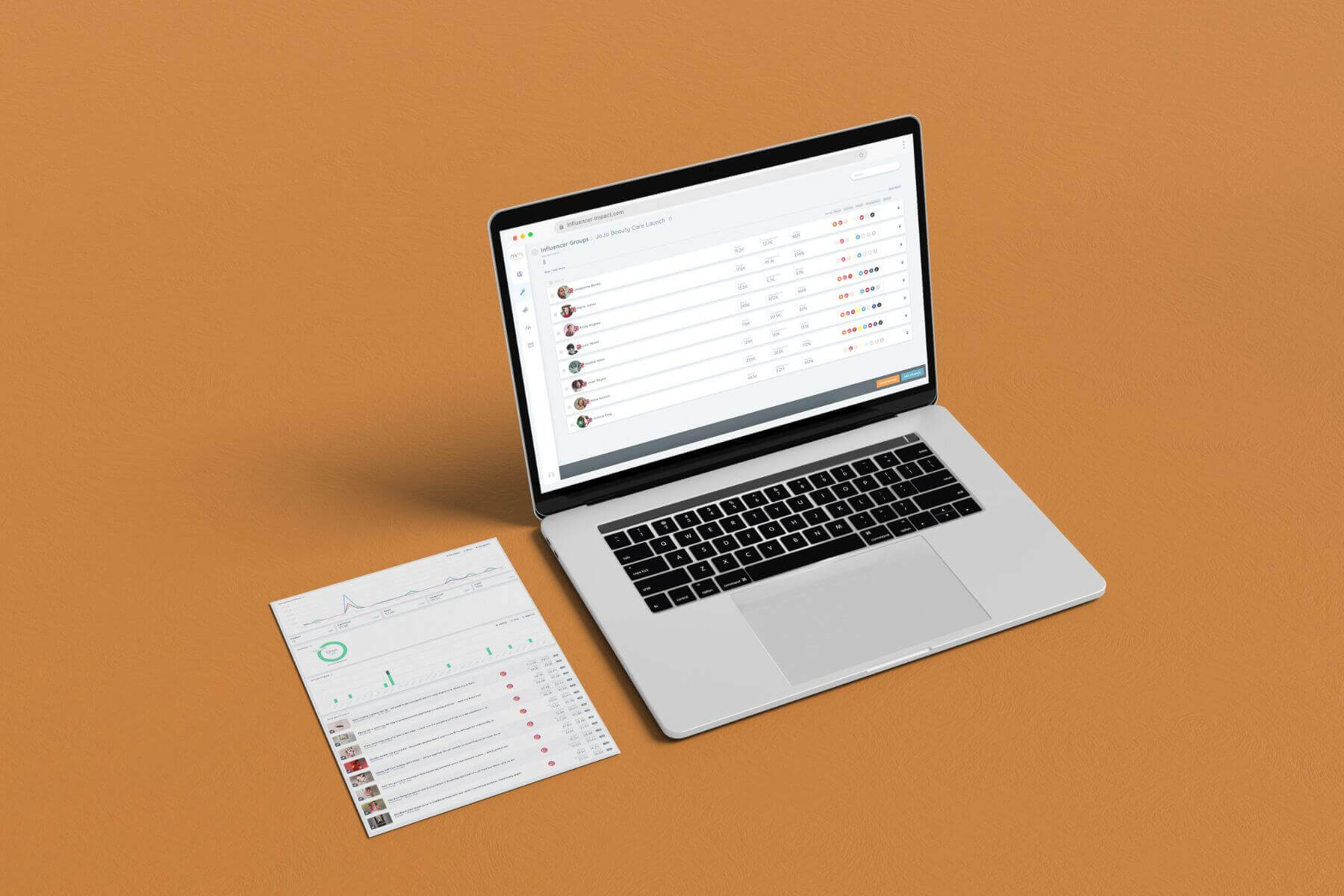For global beauty brands with customers all over the world, it’s not uncommon for local teams to follow different processes in each country. However, reinforcing brand identity isn’t just an external practice; it starts from within, and a ‘one team, one dream’ approach is key to more efficient and synergistic ways of working.
One switch that makes this possible is standardising your company’s data solutions, so everyone is tracking the same metrics and using the same methodology across all activities. This is particularly useful when digging into the complex world of media data, where even share of voice (SOV) figures can be skewed if they’re not measured in the same way. Here, we reveal the full benefits of standardising your global media tools, from streamlining reporting to understanding visibility world-wide…
1. You can compare performance across all locales
The first and most pertinent reason to standardise your global media tools is to gain a clearer view of brand and product performance from one country to the next. If local teams are all using different methodologies and metrics to track media coverage, comparing a product launch in England versus Germany, for example, becomes a trickier task.
However, if all countries are following one methodology and tracking the same metrics, you can immediately see how your brand and products are performing across each country. This like-for-like data is useful for deciding where and when to launch new products, how to market those launches to different audiences, as well as setting realistic goals for each country you’re present in. You may see that a section of your portfolio – such as masks or mascaras – is gaining more traction in one particular market, enabling you to refine your PR strategy to capitalise on what’s working well.
2. You can create a time-saving global template for reporting
Standardising your media metrics also allows all locales to work from one reporting template; a global document where teams can simply ‘fill in the blanks’ on a weekly, monthly or quarterly basis. To make this easier still, global teams should ensure all local teams are trained both in how to use the media monitoring platform, including how to create the report correctly using the template. Because results will have been collected with the same methodology by your media tool, interpreting data from one country to the next is quick and simple, freeing up more time to spend on growth strategies.
3. You can analyse your media mix on a like-for-like basis
By standardising methodology across different media types, you can also analyse your media mix on a like-for-like basis and make adjustments that align with your objectives. Success metrics for print coverage and TikTok mentions can be difficult to compare, but the right tool will put the figures into context with one consistent metric, such as earned media value (EMV), mentions or reach. Doing so helps you clearly see where each country’s PR strategy is working well, and where there are missed opportunities in the targeting of media types.
4. You can understand your true share of voice
One particular metric you should compare – both globally and across your media mix – is SOV, so you can understand your true visibility within the industry. The right tool will be able to gather data from all media mentions (including that of your competitors), and turn them into a standardised SOV figure (usually a percentage). You can be focused with your analysis, looking solely at one platform in one country, or take it broad with a global figure that highlights your worldwide performance. This enables you to benchmark more effectively with your competitors and strategise ways of boosting your SOV.
Up next: Enhance your media monitoring with the launch of the new mediaPRO Regional feature.





